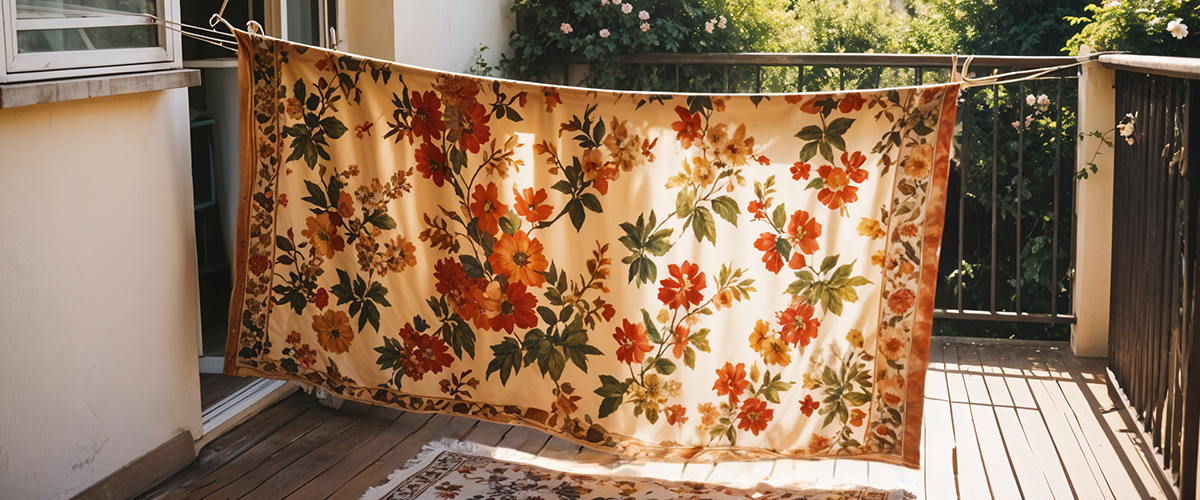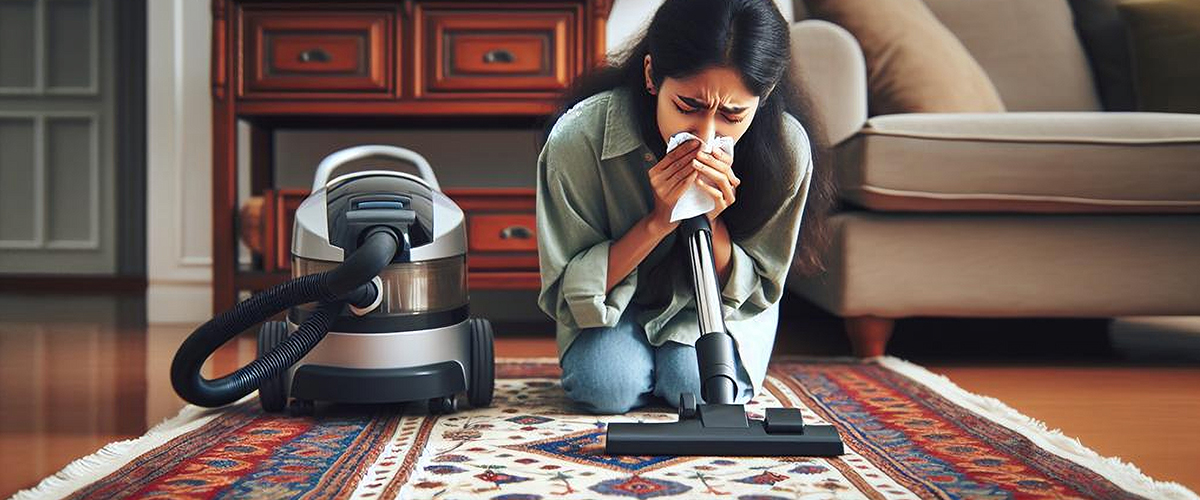

To apply design for the remaining sides of the product, please click on “Upload design” link.
Yes, it's that easy!
Happy decorating!

1

2

3

Rugs are an essential part of home décor, adding warmth, style, and comfort to any space. However, they can also be magnets for dirt, dust, and wear. To keep your rug looking new for years, it’s essential to follow a consistent maintenance routine.
Here are some practical tips to help you preserve the beauty and longevity of your rugs.
1. Regular Vacuuming
Vacuuming is the most straightforward and effective way to keep your rug clean. Regular vacuuming removes dirt, dust, and debris that can accumulate and wear down the fibers over time. Aim to vacuum your rug at least once a week, and more often if it’s in a high-traffic area.
Talking about rugs, they simply elevate your living spaces by adding on that aesthetic appeal and maintaining a level of cleanliness. They’re about placing warmth, color and character in your living spaces. However, they need to be taken care of as time passes by. Cleaning them occasionally helps maintain their charm, not fade and stay durable for generations. Vintage rugs are one classic example.
Here are some effective strategies to prevent color fading and maintain the beauty of your rugs -
1. Limit Sunlight Exposure
Sunlight is one of the primary reasons behind color fading. The ultraviolet (UV) rays in sunlight break down the dyes in your rug, causing them to fade. To protect your rugs from sunlight:
On one hand when there’s an aesthetic appeal associated with rugs; a reason that adds character to your room, there’s also a slight concern of minimizing and getting rid of allergens on top of it. Rugs catch dust and several allergens often as people are most of the times walking on top of their bare feet or with their shoes on. Regardless, one must be cautious about the hygiene factor and work on minimizing allergens in rugs.
Here’s how you can allergy-proof your home by taking care of your rugs.
1. Choose the Right Rugs
Selecting the appropriate rugs can make a significant difference in minimizing allergens:


